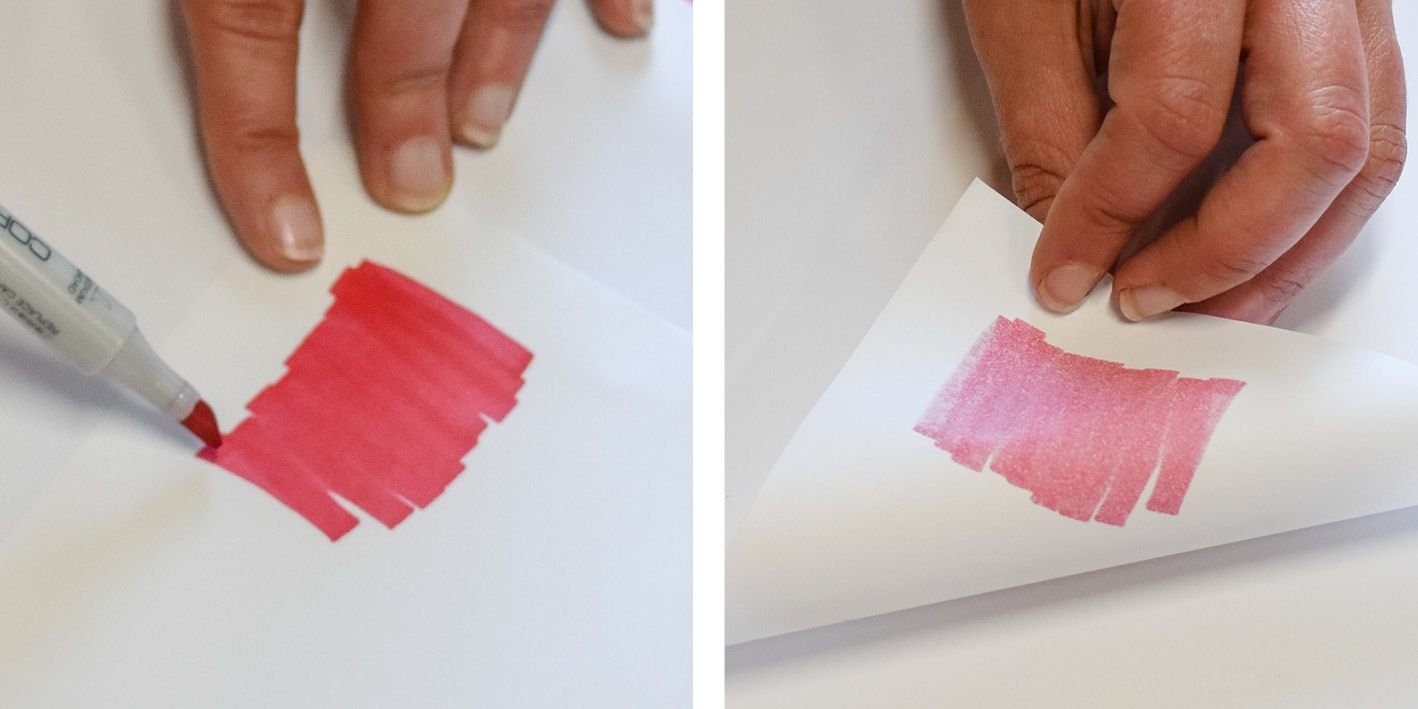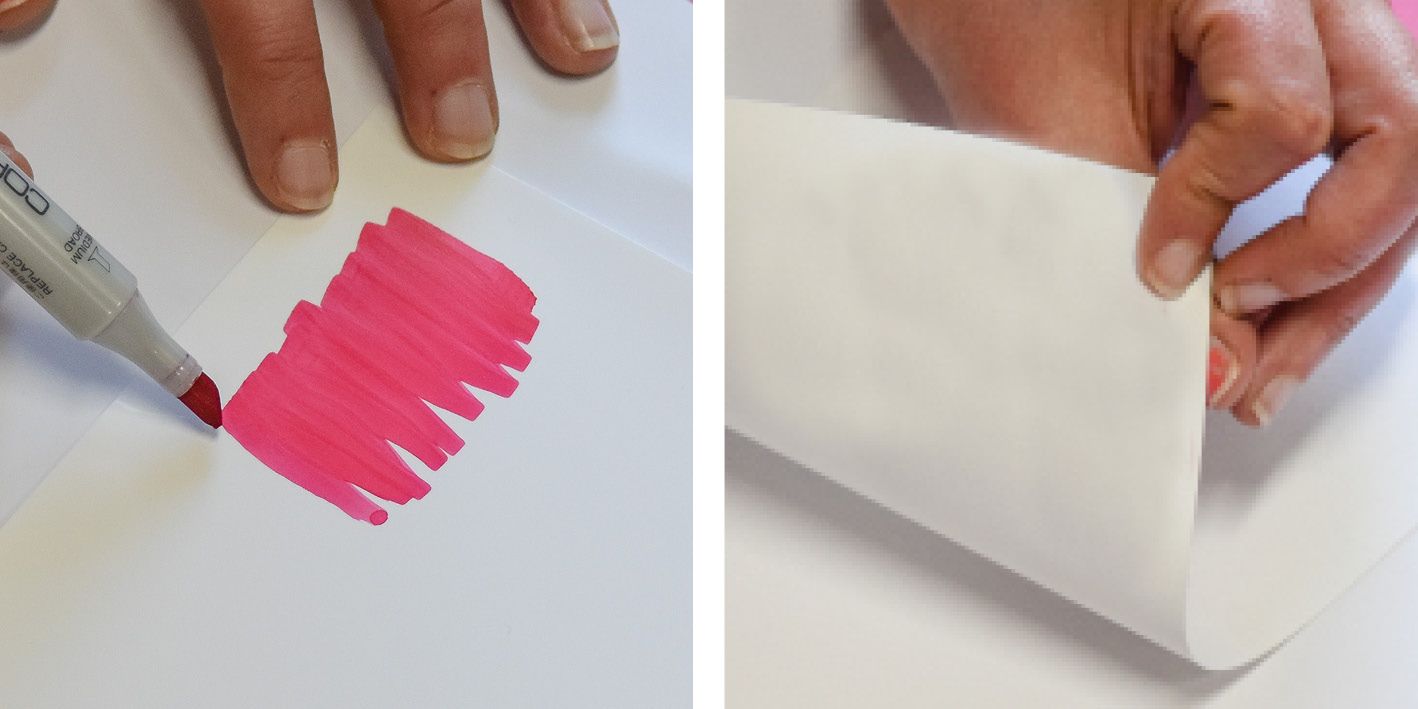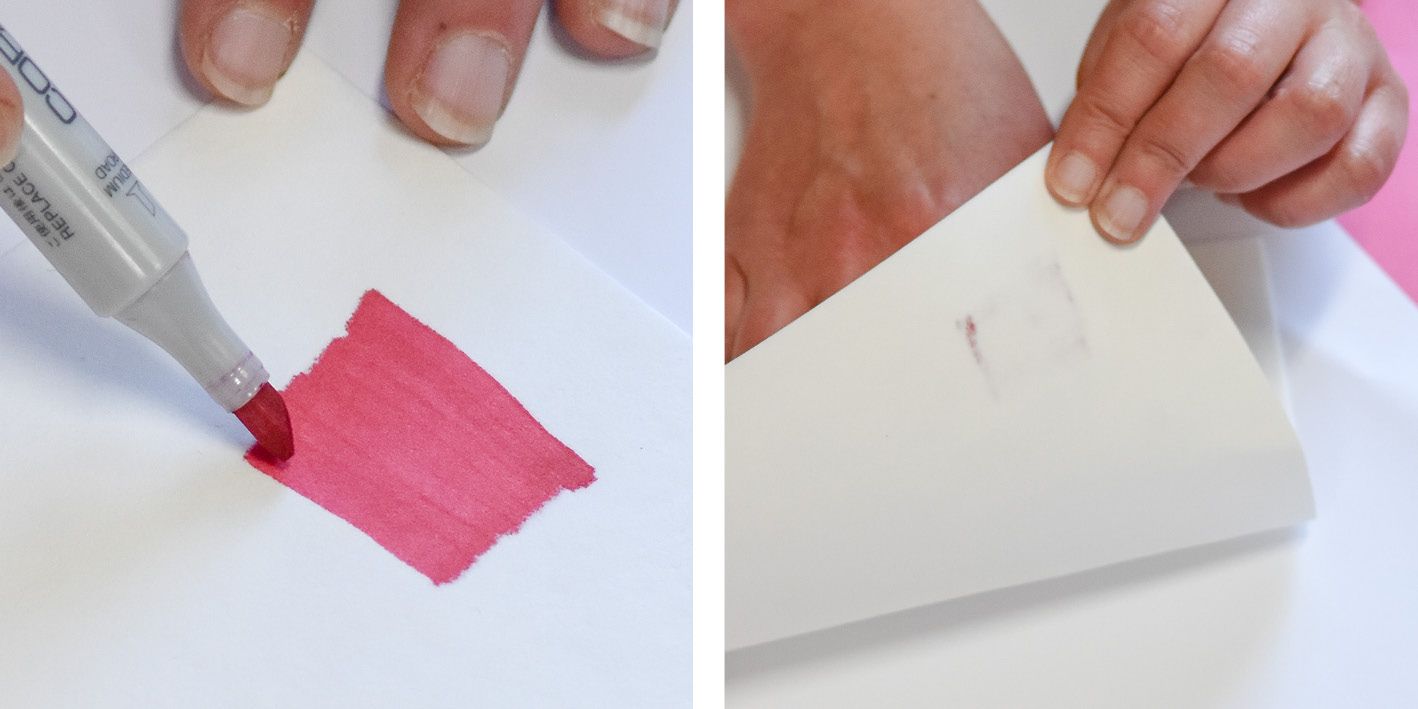Shop Now
- Copic
-
Painting
-
Paint
- Acrylic
- Oil Colour
- Water Mixable Oil
- Gouache
- Watercolour
- Decorative
-
Inks
- Atelier Acrylic Inks
- Sakura Oil Printing Colours
-
Permaset Screenprinting Ink
-
Permaset Aqua Standard
- Permaset Aqua Standard 100ml
- Permaset Aqua Metallic 100ml
- Permaset Aqua Standard 300ml
- Permaset Aqua Glow 300ml
- Permaset Aqua Metallic 300ml
- Permaset Aqua Standard 1Lt
- Permaset Aqua Process Colours 1Lt
- Permaset Aqua Glow 1Lt
- Permaset Aqua Metallic 1Lt
- Permaset Aqua Standard 4Lt
- Permaset Aqua Process Colours 4Lt
- Permaset Aqua Glow 4Lt
- Permaset Aqua Metallic 4Lt
- Permaprint Premium
- Permaset Aqua Supercover
- Screenprinting Sets
- Print Paste
- Screenprinting Accessories
-
Permaset Aqua Standard
- Amsterdam Acrylic Inks
- Mediums
- Canvas and Surfaces
- Brushes and Tools
-
Paint
-
Drawing
- Markers
- Pens
- Pencils
- Pastels
- Inks
- Drawing Surfaces
- Accessories
- Surfaces
- MABEF Easels
- Craft & Cutting
- Adhesives & Tape
- Display & Storage
- Framing Supplies
- Monumental Masons
- Talens
- Tutorials
- X-Press It
- Acrylic Paint
- Acrylic Pouring
- Art
- Art Creations
- Australian Artist
- Blending
- Chroma
- Cobra Water Mixable Oil Colours
- Colour Mixing
- Copic
- Deco Tape
- Double Sided Tape
- Drawing
- Ecoline
- Fineliners
- Gel Pens
- Gelly Roll
- Hand Lettering
- Koi Watercolours
- Lightfastness
- Mixed Media
- Oil Painting
- Oil Pastels
- Paint Markers
- Painting
- Pastels
- Pencils
- Permanent Markers
- Pigma Micron
- Pouring Art
- Rembrandt
- Sakura
- Soft Pastels
- Solvent Free Oil Painting
- Step By Step Tutorials
- Storage
- Talens
- Tips & Techniques
- Van Gogh
- Watercolour Brush Pens
- Watercolours
- X-Press It Craft
- Metal Leaf
- Glue
- Adhesives
- Alcohol Markers
- Copic Sketch
- Copic Classic
- Copic Ciao
- Copic Ink
- Airbrushing
- Refillable
- Alcohol Ink Art Techniques
What paper should I use with my Copic Markers?
There are many different papers available in the market which are suitable for use with Copic Markers. Choosing the right paper is important, techniques will vary and your artwork will look completely different depending on the type of paper you use.
It is recommended that you always test any new surface before commencing your artwork. Different paper weights and finishes will affect the blend-ability of your markers and the fluidity of your alcohol ink depending on the paper type, coating and absorbency of the paper.
TIP: Always protect your work surface before you colour and make sure you have a matboard or piece of card underneath your work to protect your workspace from the ink seeping through.
Blending Card:
Blending Card 250gsm, has a bright white and ultra smooth surface for a smooth blended finish. It has a high surface saturation point & is non-pilling which makes it a choice for blending. Don't forget to use a backing board such as matboard under the piece of paper you are working on to avoid the ink bleeding through to the piece of paper below or onto your work surface.
Bleedproof Paper & Bond Paper:
Bleedproof paper or PM Paper is a lightweight semi-transparent surface usually 75gsm. It has a bright white hue and a speciality-treated surface to ensure that alcohol marker lines remain crisp and sharp without bleeding.
Often a cheaper alternative for quick sketching or preliminary drafting is Bond or Bank paper. This is usually a light to medium weight, smooth paper, however, it is not bleedproof.
TIP: To extend the life of your Copic nibs and to maximise ink usage it is recommended to use a paper with a smooth surface and low absorbency.
High Gloss Inkjet Film or Yupo Paper:
High Gloss inkjet film, Yupo paper or photographic film provides a glossy finish, ideal for alcohol inking techniques. Colouring with your Copic markers on photographic paper, yupo paper or inkjet film also achieves attractive results but is not the same as colouring on uncoated papers. Glossy paper is coated, it does not absorb the ink and the ink will sit on top of the surface. This will make it more difficult to blend but colours will remain bright and vibrant. It is often the preferred surface when using alcohol inking techniques due to the inks remaining on the surface.
TIP: When using glossy surfaces you cannot layer colours or except them to blend when colouring. However, when using alcohol inks colours will blend easily when the ink is wet or add Copic colourless blender to increase the fluidity and bendability of the inks.
Watercolour Paper:
Watercolour paper is available in many weights and a variety of textures, it has soft fibres. Due to its soft fibres ink will absorb into the paper more than other papers, and therefore use up more ink and will usually provide a more washed-out effect. Depending on how textured (rough) your watercolour paper is, you might find it difficult to blend and may risk the wear of your nibs.
TIP: Copic markers will still work when using watercolour paper but be prepared to replace your nibs and refill your markers more often.
Happy Copic-ing!






